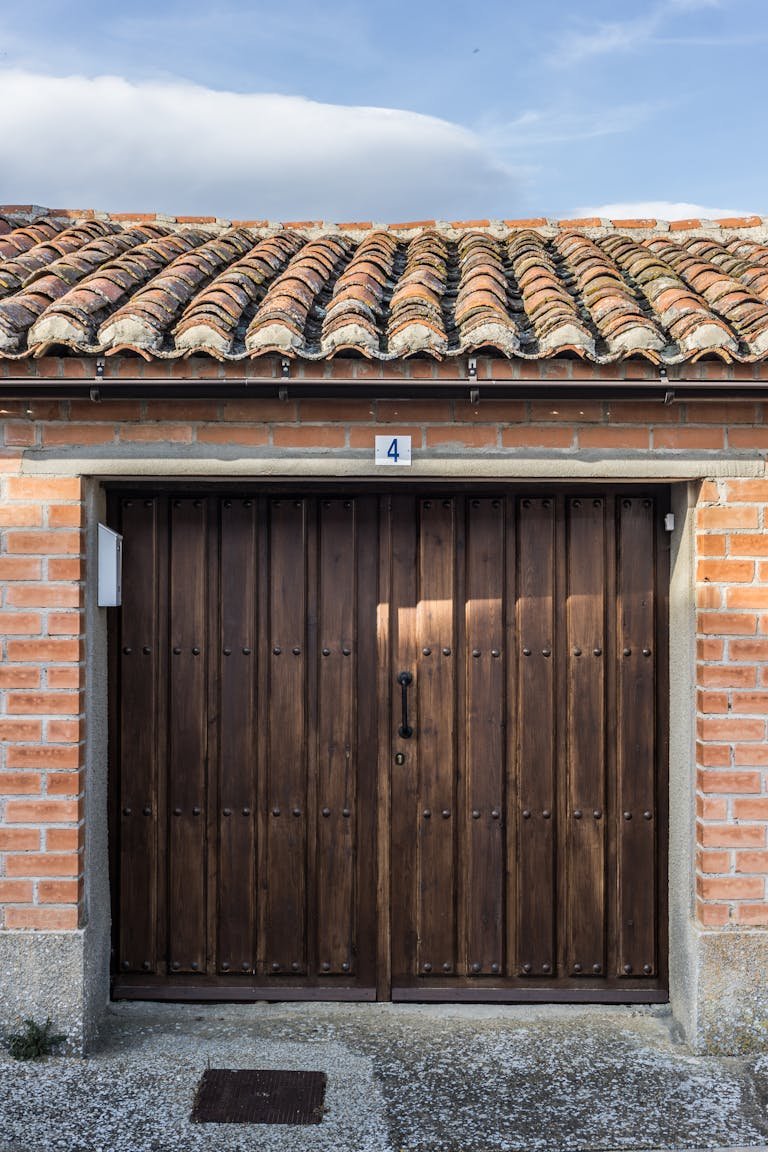Choosing the right materials for a home remodeling project is key to achieving the desired look, functionality, and durability. Each material brings unique qualities to a space, from flooring and countertops to siding and roofing. The wide range of options can overwhelm the decision process, especially when balancing factors like cost, aesthetics, and sustainability. We will explore how to select materials that suit your remodeling needs from Excalibur Home Remodeling & Restorations, Inc., guiding you to help you create a beautiful and functional space.
Ways to select materials that suit your remodeling needs
- Considering the Project’s Purpose and Functionality
The purpose and function of the remodeled space should be the primary consideration when selecting materials. Different rooms and areas have distinct needs based on how they will be used. For instance, bathrooms and kitchens require materials that can withstand moisture, while living rooms and bedrooms may prioritize comfort and aesthetics. A bathroom remodel might call for water-resistant tiles and mildew-resistant paint, while a kitchen renovation benefits from durable countertops that resist stains and scratches.
Choosing materials suited to each space’s specific use can enhance its functionality and longevity. A wood floor in a high-traffic entryway may look beautiful initially, but it may show wear quickly compared to a durable tile or stone option. By aligning material choices with the purpose and function of each room, homeowners can ensure that the remodeled spaces not only look great but also hold up well over time.
- Balancing Aesthetics and Design
Aesthetics play a significant role in material selection, as they define the look and feel of the remodeled space. Each natural or synthetic material has its unique texture, color, and finish, which contribute to the room’s overall design. For example, natural stone countertops can bring a rustic, earthy vibe, while sleek quartz adds a more modern touch. Similarly, hardwood floors offer warmth and timeless appeal, while polished concrete creates a contemporary, industrial look.
To balance aesthetics, consider how each material complements the home’s existing architectural style and the intended design theme. Homeowners create a cohesive, harmonious space by selecting materials that blend with the overall look. In addition to appearance, consider materials that add tactile appeal and comfort, such as soft carpeting for a cozy bedroom or a smooth, polished backsplash in the kitchen. Choosing materials that align with the design vision helps achieve a finished product that is both functional and visually satisfying.
- Evaluating Durability and Maintenance Needs
Durability is crucial, as remodeling materials must withstand daily wear and tear. High-traffic areas, such as entryways, kitchens, and bathrooms, benefit from durable materials that can handle constant use and maintain their appearance over time. Flooring options like tile, vinyl, or engineered wood are often more resilient in busy spaces, while natural stone or laminate surfaces can be ideal for countertops.
In addition to durability, it’s essential to consider the maintenance requirements of each material. Some surfaces, like granite countertops or hardwood floors, require regular sealing or polishing to retain their quality, while others, like quartz or laminate, are low-maintenance and easy to clean. Homeowners should assess the level of maintenance they’re willing to commit to before selecting materials, as low-maintenance options often reduce upkeep time and cost. By evaluating durability and maintenance needs, homeowners can choose materials that enhance both the functionality and ease of care in their remodeled spaces.
- Budgeting for Material Costs
Budget is a major consideration in any remodeling project, and material costs can vary significantly depending on the quality, brand, and product type. While high-end materials may offer premium aesthetics or durability, there are often budget-friendly alternatives that provide similar benefits. For instance, luxury vinyl planks can mimic the look of hardwood at a fraction of the cost, and quartz countertops offer a high-end appearance without the price of marble.
When setting a budget, it’s essential to prioritize materials that offer long-term value rather than focusing solely on upfront costs. Investing in high-quality materials in high-impact areas, such as countertops or flooring, can pay off in the long run by reducing replacement or repair costs. For homeowners with a tight budget, consider a mix of high-end and affordable materials to achieve a balanced look. By budgeting wisely, homeowners can make material choices that meet financial goals without sacrificing the quality or beauty of the finished space.
- Exploring Sustainable and Eco-Friendly Options
Sustainability is an increasingly important factor in material selection as more homeowners look for eco-friendly options to reduce their environmental footprint. Sustainable materials, like bamboo, reclaimed wood, and recycled glass, offer an eco-conscious choice that reduces resource consumption and minimizes waste. For example, bamboo flooring is a renewable option that grows faster than traditional hardwoods, and recycled glass countertops repurpose waste materials into attractive surfaces.
In addition to material origin, consider the environmental impact of manufacturing processes and how the product can be disposed of at the end of its lifecycle. Low-VOC (volatile organic compounds) paints and sealants reduce harmful emissions, making indoor air quality healthier for residents. By choosing sustainable materials, homeowners create an environmentally responsible home that aligns with eco-friendly values while adding beauty and functionality to the space.
- Prioritizing Comfort and Lifestyle Needs
Lifestyle and comfort are often overlooked considerations, but they’re vital in creating a space that suits daily life. For example, families with young children or pets may prefer scratch-resistant flooring and easy-to-clean surfaces. At the same time, those with allergies might opt for hypoallergenic materials like hardwood or tile instead of carpeting. Similarly, if you enjoy cooking, a heat-resistant and stain-resistant countertop material like quartz or granite can make meal preparation more enjoyable and hassle-free.
Comfort also includes factors like noise reduction, insulation, and tactile quality. A material that adds insulation, such as cork flooring, can improve energy efficiency and reduce noise in high-traffic areas. Soft-close cabinets or drawers create a quiet, comfortable kitchen environment. By selecting materials that cater to lifestyle needs, homeowners can enjoy a space that not only looks beautiful but also aligns with their everyday routines and preferences.
Selecting the right materials for a home remodeling project involves balancing functionality, aesthetics, durability, and budget. By considering factors such as purpose, design, maintenance, and sustainability, homeowners can make informed choices that enhance the look and value of their property. Thoughtful material selection ensures that remodeled spaces remain practical, beautiful, and well-suited to the homeowners’ needs, creating a home that reflects personal style and quality. This careful approach leads to a finished project built to last and tailored to enhance everyday life.






